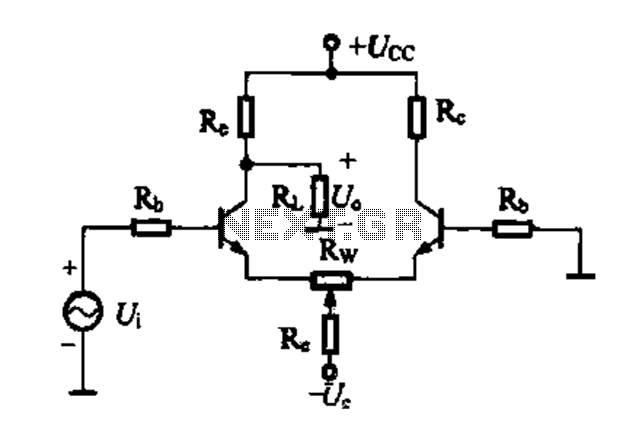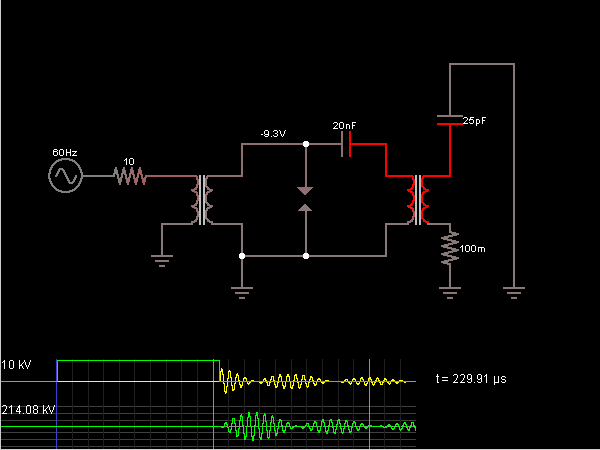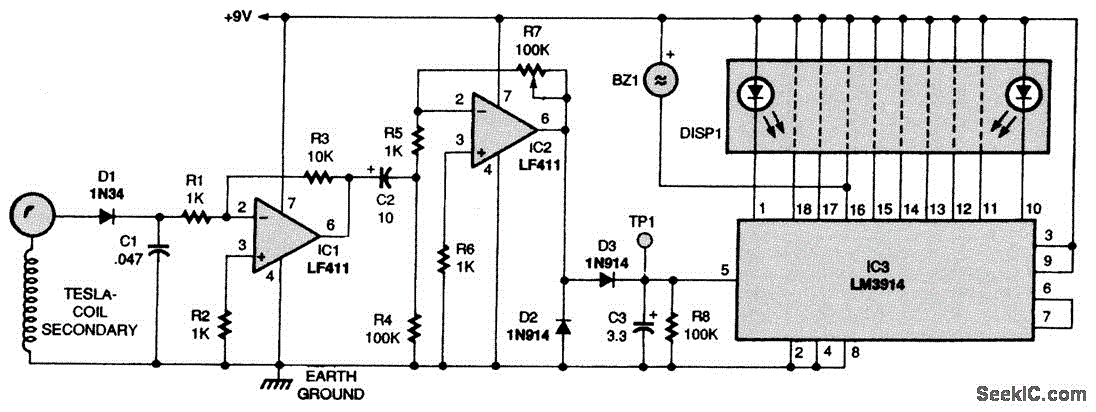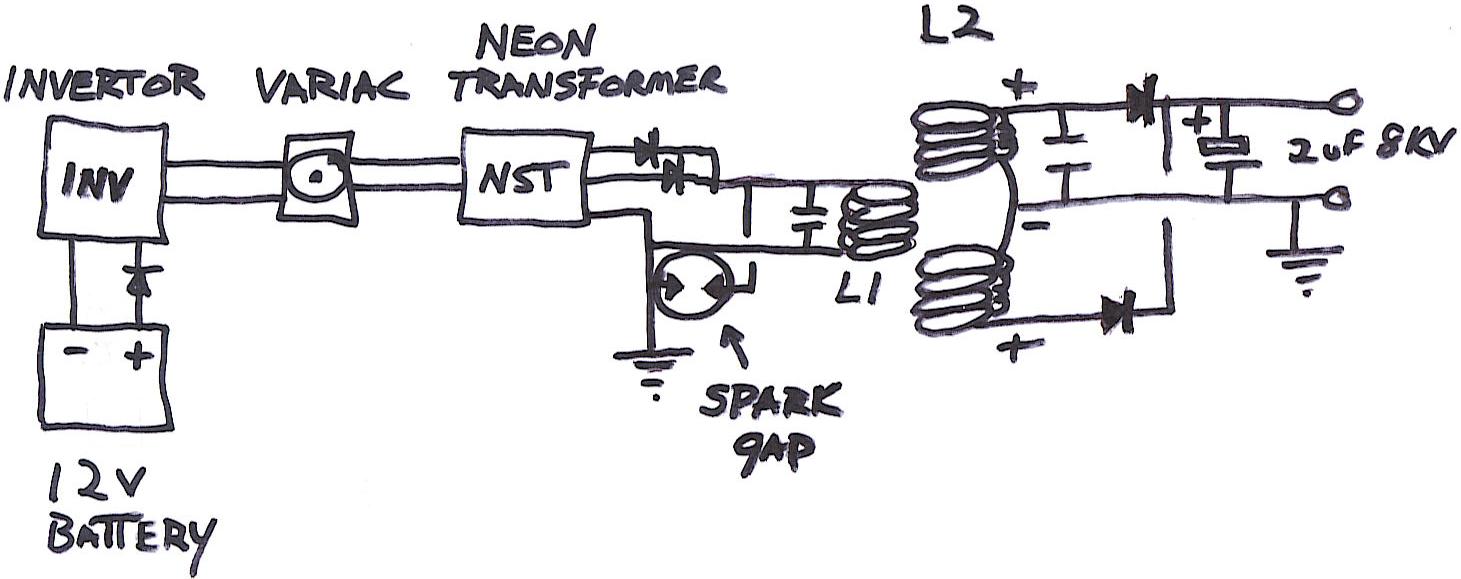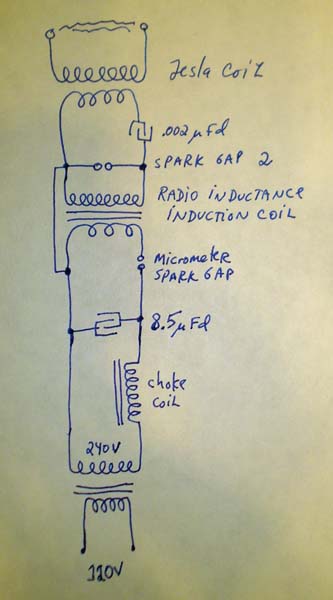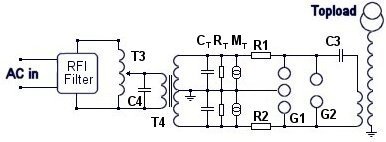
A stator coil connection
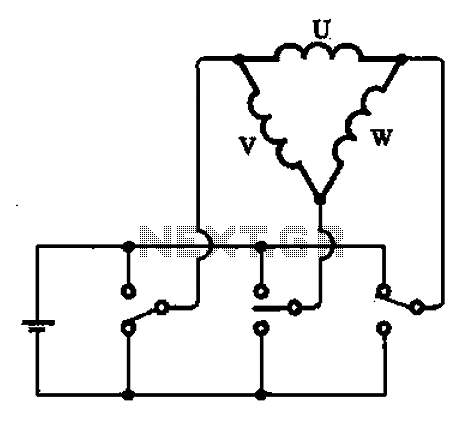
A stator coil connection illustrates the structure and connections of the stator coil. Figure (A) depicts a triangular connection, while Figure (B) illustrates a star connection, presented in two forms.
The stator coil is a critical component in electric machines, particularly in alternating current (AC) motors and generators. The two primary configurations for connecting the stator windings are the triangular (delta) and star (wye) connections.
In the triangular connection, each coil is connected end-to-end, forming a closed loop. This configuration allows for higher phase currents and is typically used in applications where high starting torque is required. The delta connection can also provide a more robust performance under varying load conditions, as it allows for better distribution of current across the coils.
Conversely, the star connection involves connecting one end of each coil to a common point, while the other ends are connected to the supply voltage. This configuration results in lower phase currents and is generally used in applications where high starting torque is not as critical. The star connection can also simplify the design of the control circuits and reduce the overall voltage across each coil, which can be beneficial in certain operating conditions.
In both configurations, the choice between triangular and star connections significantly impacts the performance characteristics of the motor or generator, including efficiency, torque, and operational stability. Understanding these connections is essential for engineers designing electrical systems to ensure optimal performance and reliability.A stator coil connection Shows the structure and connections of the stator coil, and FIG. (A) shows a triangular connection, Figure (b) shows a star connection, star connection in two forms.
The stator coil is a critical component in electric machines, particularly in alternating current (AC) motors and generators. The two primary configurations for connecting the stator windings are the triangular (delta) and star (wye) connections.
In the triangular connection, each coil is connected end-to-end, forming a closed loop. This configuration allows for higher phase currents and is typically used in applications where high starting torque is required. The delta connection can also provide a more robust performance under varying load conditions, as it allows for better distribution of current across the coils.
Conversely, the star connection involves connecting one end of each coil to a common point, while the other ends are connected to the supply voltage. This configuration results in lower phase currents and is generally used in applications where high starting torque is not as critical. The star connection can also simplify the design of the control circuits and reduce the overall voltage across each coil, which can be beneficial in certain operating conditions.
In both configurations, the choice between triangular and star connections significantly impacts the performance characteristics of the motor or generator, including efficiency, torque, and operational stability. Understanding these connections is essential for engineers designing electrical systems to ensure optimal performance and reliability.A stator coil connection Shows the structure and connections of the stator coil, and FIG. (A) shows a triangular connection, Figure (b) shows a star connection, star connection in two forms.
